Size: on strainer bars
59 cm x 45 cm
23.22 in x 17.7 in
59 cm x 45 cm
23.22 in x 17.7 in
The painting, Farmhouse with Barn and Well, has suffered significant damage throughout the years, as had several of Van Gogh’s paintings, and were subsequently restored and placed onto panels for preservation.
Without authentication, previous owners had little interest in conservation, though one must thank the art gods it was not completely discarded, given its dire condition.
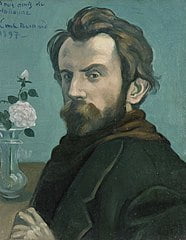
Before I left Hoogeveen I painted a few more studies there, among them a large farmhouse with a mossy roof.
Vincent van Gogh - 1883 - This painting is not known
After executing our research for three years and reviewing the X-rays, UV, Infrared, and Raking Light provided by the Williamstown Art Conservation Center in Massachusetts, we categorically believe that Farmhouse with Barn and Well is by the hand of Van Gogh, and provide evidence as such; The only significant contrast is a highly probable collaboration.
Vincent engaged in collaborations with his friend and student Anton Kerssemakers while in Nuenen, Henri de Toulouse-Lautrec while in Paris, and Paul Signac in Pont de Clichy, near Asnières. He painted alongside several fellow artists, including his good friend while in Paris, Arnold Koning.
There should be no question when preserving Vincent’s work, regardless of whether he painted the entire canvas or partially. The art world owes this to the gentle soul who gave us the joy of sunflowers despite his inner turmoil.
In February 2020, the Van Gogh Museum in Amsterdam received digital photographs via email of the Van Gogh cottage collaboration painting, Farmhouse with Barn and Well, for authentication purposes. The painting had not yet undergone x-ray or infrared imaging analysis; thus, their assessment was concluded entirely through photographs; quote: “based on stylistic features, the painting cannot be attributed to Vincent van Gogh.” This rejection method is one they frequently adopt to address the volume of authentication requests, simply because most of those received are not by the hand of their namesake.
However, this particular painting has ALL of the recognizable characteristics of a Van Gogh painting, and therefore reject the decision made by the VGM; In January 2022, we resubmitted the painting believing that on this occasion, they are incorrect, as they have been before when several submissions were rejected by the museum and later authenticated as works by the Dutch Master.
In January 2023, three years after the initial submission, and a year after the second, the owner wrote to the VGM research dept in Amsterdam for an update having learned the authentication panel had traveled from the Dutch capital to Detriot, Michigan for the DIA Van Gogh exhibition five days before the owner herself was at the exhibit – the owners questions were ignored during the live online panel, and the email response stated, quote: “Due to an overwhelming number of applications, we are forced to temporarily close and consider whether the procedure should be reviewed. We advise you to check the Van Gogh Museum website regularly to see whether an online application is possible again. We expect to restart again in the first months of 2023.” The owner wrote back to the VGM research dept which was ignored.
July 2023 update from the VGM website: “From September on, the Van Gogh Museum will no longer accept authentication requests directly from individual members of the public. From September 2023 onwards, the authentication procedure will only be available to accredited art dealers and auction houses.”
Aug 24, 2023, E-mailed the VGM again having not heard back regarding the 2021 submission, and received a response the following day stating quote: “Your request has escaped our attention unfortunately” and went on to blame the COVID pandemic. – On September 14th, they concluded their “findings” and stated that their decision remains the same. It took the VGM one year, and eight months to respond to my second authentication request, WITHOUT any closures for the pandemic – At this point, one genuinely has to question their commitment to Vincent van Gogh! Based on the mountain of evidence included within these web pages the Van Gogh Museum believes that quote: “based on stylistic features, the painting cannot be attributed to Vincent van Gogh”. These brushstrokes are IDENTICAL! pigments used – identical. It appears they are too busy focusing on Vincent’s contemporaries instead of the man himself.
Click on the pictured category boxes and compare the similarities with Vincent’s work and the painting in question (PIQ).
Learn more about Vincent's brush strokes and the similarities to painting in question.
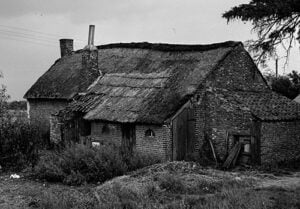
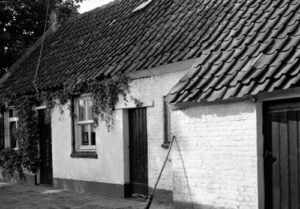
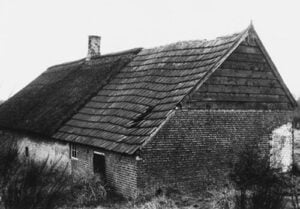
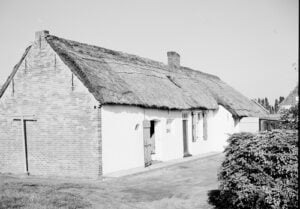
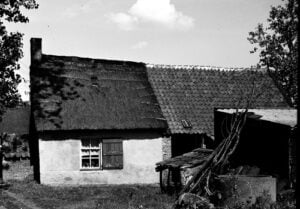
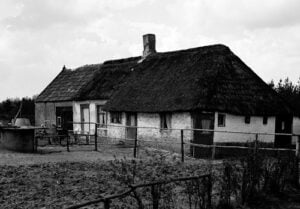
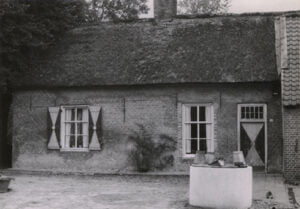

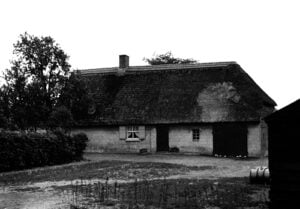
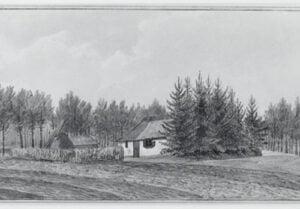
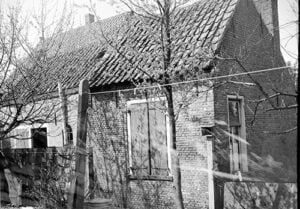
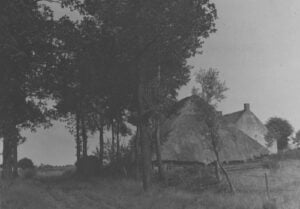
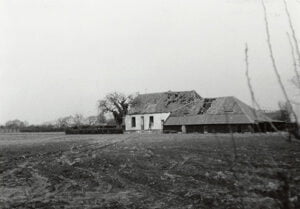
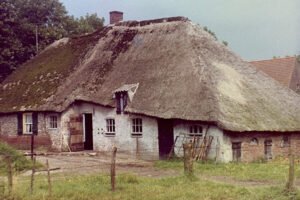
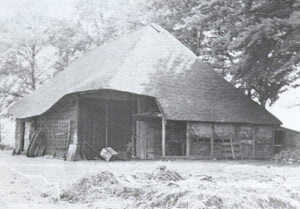
OhVincent.com © 2024. All Rights Reserved with Regards to this Painting.
Privacy Policy / Terms of Use